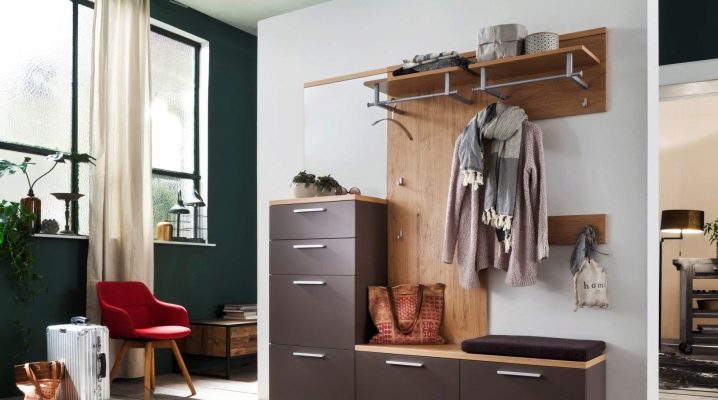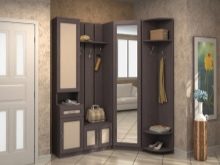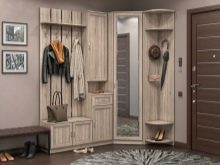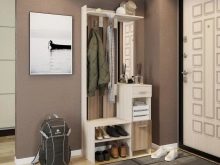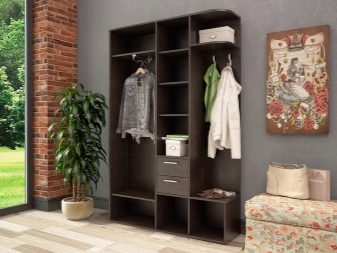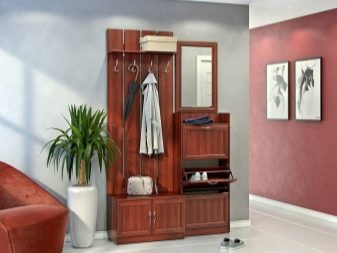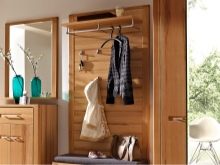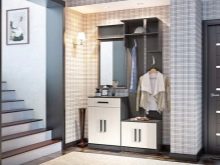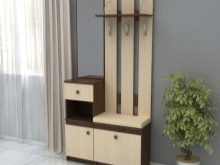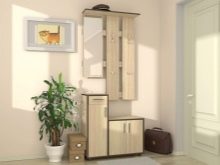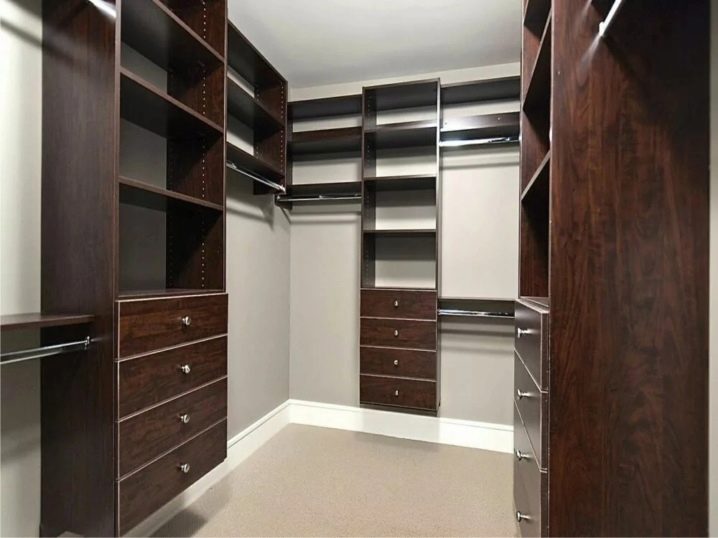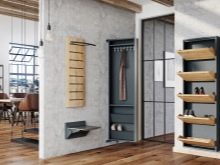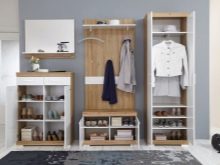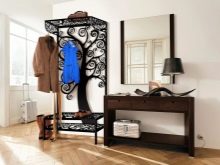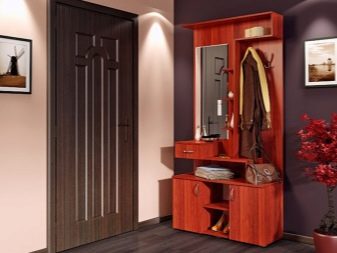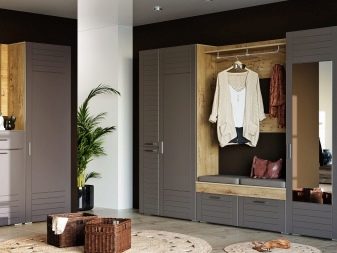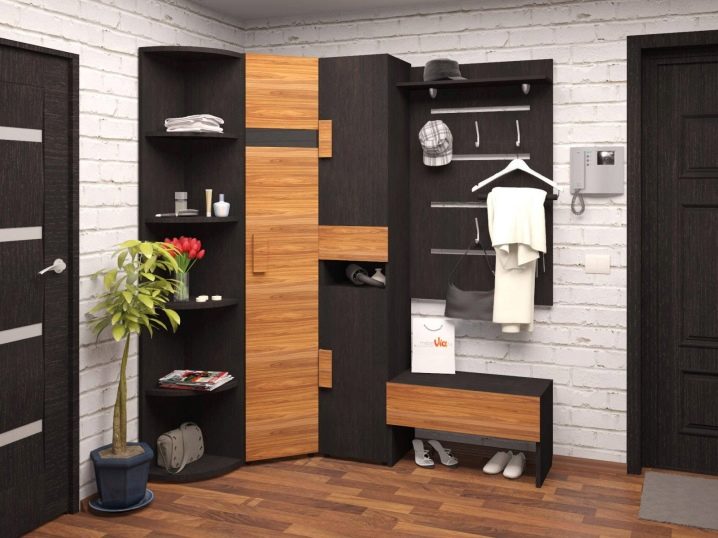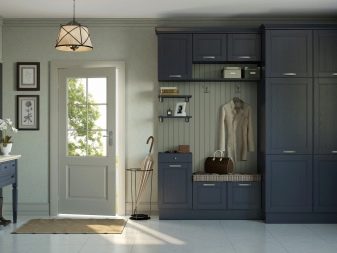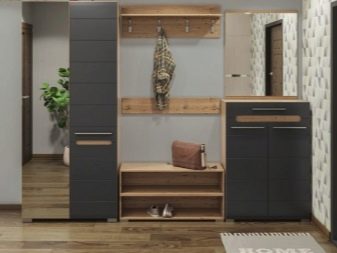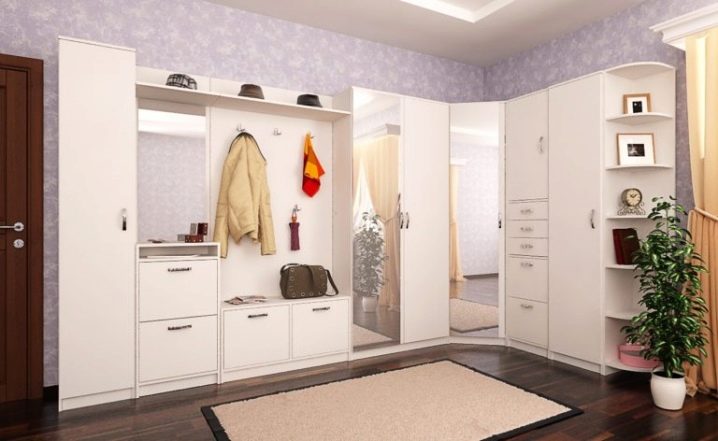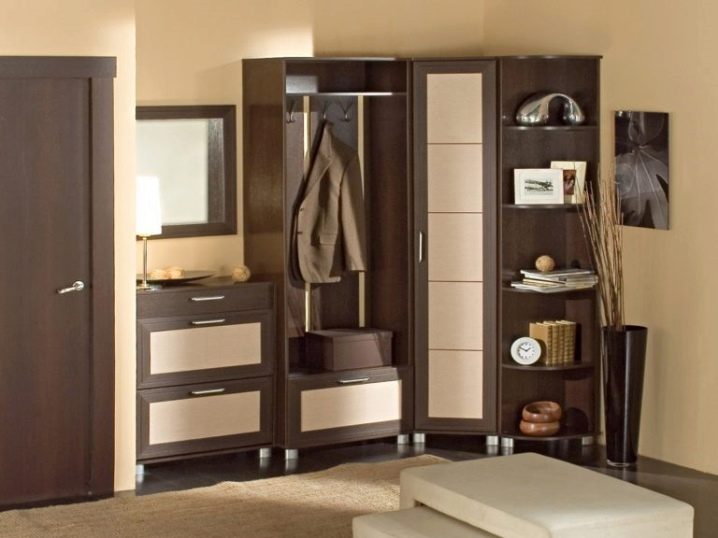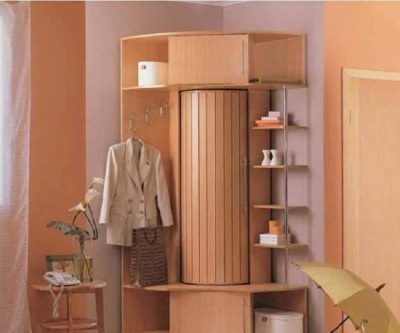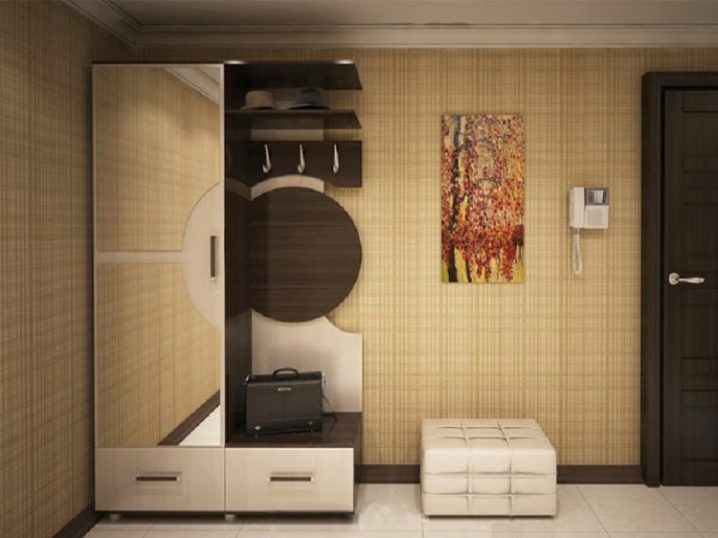Features of open hallways
Open-type hallways organize the space of the entrance area of the dwelling. From the material in this article, you will learn about their features, varieties and design. In addition, we will show you what to look for when buying them.
Advantages and disadvantages
Open hallways are practical and functional. They have a number of advantages. The key ones are:
- variety of forms, content, design;
- ease of use and maintenance;
- variability in size;
- wide range of colors;
- different type of installation;
- availability for the buyer.
Open hallways are versatile. Depending on the type of construction, they can become part of a wardrobe when placed in a spacious bedroom, living room, nursery. However, most often they are bought for installation in the corridor.
Such furniture is used for storing outerwear, hats. It is often equipped with special shoe compartments. This is a kind of organizer, due to which order is maintained in the room.
Besides, open hallways are good because they can be installed in rooms with different layouts. They fit well into niches. Can accommodate outside corners. They save usable space, freeing up space for other elements of the arrangement.
Along with the advantages, open hallways have several disadvantages. In comparison with closed-type counterparts, they are not so aesthetic. All things on them are in plain sight, which by no means contributes to the visual unloading of space.
Furniture with an open storage system is bad because dust quickly settles on all its contents. Cleaning of such a hallway will be more frequent. In rainy weather, you will also have to wipe the lower shelves from water.
Varieties
Depending on the type of models, open hallways can be linear, angular and U-shaped. In addition, radius-type options are on sale. By the type of installation, the products are traditional stationary and built-in.
Linear models are classic furniture. They are installed along one of the walls of the hallway so as not to interfere with the opening of the doors. Often supplemented with blocks for small items, outerwear, shoes.
Corner furniture fits perfectly into small spaces. She saves space, uses it as efficiently as possible. Can be low or high (from floor to ceiling).
Such products can have a triangular, trapezoidal, five-walled, radius shape. Often they are supplemented with doors for individual compartments. Combined systems are more convenient to use, they are more practical and aesthetically pleasing.
Options of the U-shaped type are bought for arranging spacious rooms. Often in the future they are built into the walls, supplementing them with plasterboard partitions. Thus, wardrobes are created.
Complete set and design
Models of open hallways can be very diverse. Cabinets are filled with shelves, hangers, hooks, drawers. Often, designs are complemented with mattresses for built-in benches.
Often on sale there are models with open and closed storage systems. For example, in addition to the traditional block with hooks and a hanger, there are sections for shoes in the hallway.
Drawer opening systems vary. Closed parts of structures intended for shoes are equipped with a folding mechanism. Drawers for gloves and other small household items are roll-out or pull-out.
Some options are complemented by metal racks. They are designed for storing small items. Someone uses them to decorate the space.For example, for interior accessories or even small potted plants.
Product design solutions are multifaceted. In the lines of manufacturers there are both strict and fanciful models. Variants of the first type are made with an emphasis on functionality. There is nothing superfluous in them.
Analogues for spacious rooms are often complemented by a mirror. In addition, they can have built-in backlighting. Often their decoration is the contrasting color of the modules. For example, the base of the furniture may be wood and the drawers may be white.
Hallways with racks, decorated with upholstery in the form of a coach tie, look beautiful in the interior. Such furniture can be light, woody, dark, neutral.
Variants in burgundy, sand, graphite are also unique.
Furniture can be solid, modular, composite. Variants of the first type have a common framework. Modular-type analogs consist of several blocks of identical width. Composite hallways have separate units (for example, a hanging mirror, a curbstone and a narrow shelving unit).
Nuances of choice
When buying an open-type hallway, you need to consider several nuances:
- the product should be practical, but not bulky;
- the equipment must meet the needs of users;
- the option with a back wall, mirror and hooks is preferable;
- colors are taken in accordance with the color scheme of the interior;
- the style of furniture corresponds to the style of design;
- storage systems should be easy to use;
- the material of the hallway must be reliable and durable;
- furniture fittings should not contain sharp elements;
- any, even an insignificant type of marriage is excluded.
Examples in the interior
We offer several examples of a successful choice of an open hallway:
- combined hallway for a spacious entrance area;
- corner furniture for a large and bright room;
- modular system in contrasting color with legs;
- an entrance hall of a modular type with a hinged mirror and a closed curbstone;
- compact corner-type model with an extraordinary design;
- option of a small hallway with a rear hanger panel;
- Linear small hallway for a bright room.
